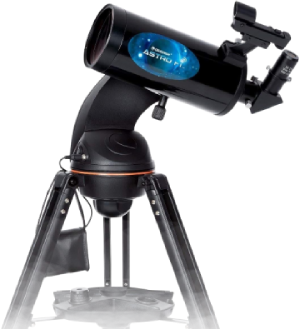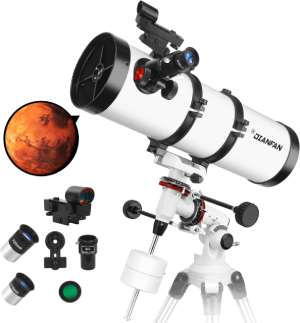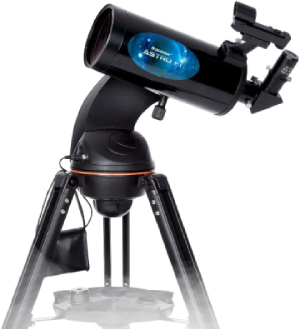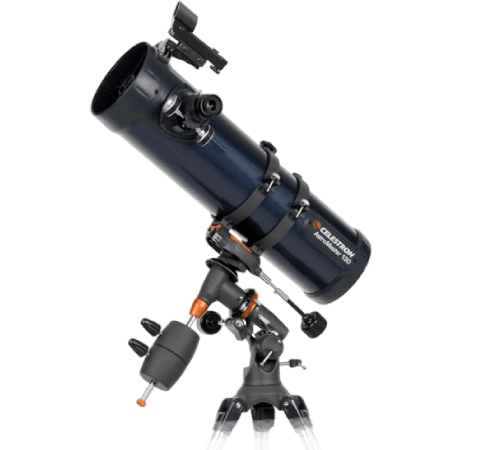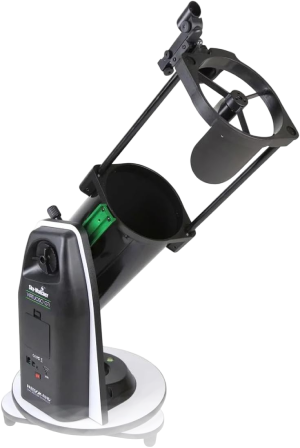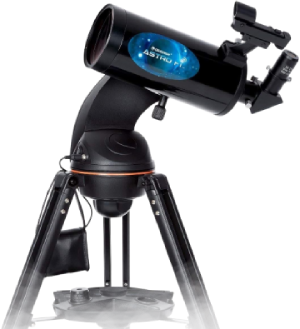If you're a beginner fascinated by the night sky, the Celestron Astro Fi 102 Wireless Telescope might be your perfect stargazing companion. This smart telescope is designed for modern users who want a powerful tool without the hassle of complicated setups. Whether you're hoping to see the Moon’s craters, Jupiter’s moons, or Saturn’s rings, this telescope offers impressive clarity and wireless control via your smartphone. It's especially ideal for tech-savvy amateurs, parents introducing astronomy to kids, or anyone looking to start a new hobby with minimal frustration.
Celestron Astro Fi 102 Wireless Review: Best WiFi Telescope for Beginners in 2025
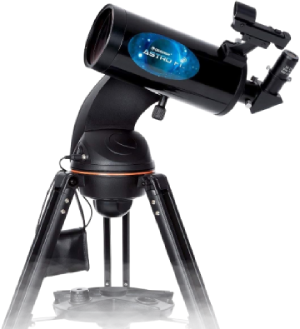
Why Choose the Celestron Astro Fi 102?
Wireless App Control via WiFi
Forget manuals and knobs—this telescope pairs directly with your smartphone or tablet using the Celestron SkyPortal App , allowing you to align, point, and explore the stars without touching the telescope. It's like GPS for the universe.Maksutov-Cassegrain Optics
With its 102mm aperture and 1325mm focal length, this scope delivers high-contrast, sharp images. The design is compact yet powerful, perfect for viewing planets, double stars, and deep-sky objects like the Orion Nebula or the Andromeda Galaxy.Computerized Mount & GoTo Technology
The fully motorized mount automatically locates and tracks over 120,000 celestial objects—a huge advantage for beginners who might not know where to start.Easy to Transport & Set Up
Weighing under 15 lbs and coming with a sturdy tripod, it’s portable enough for spontaneous stargazing trips.Budget-Friendly High-Tech
Compared to more expensive GoTo scopes, the Astro Fi 102 provides an incredible balance of price and features, especially for those who want wireless control without investing in a full observatory-grade setup.
Buying Guide: What to Look for in a Beginner WiFi Telescope
When choosing your first WiFi-enabled telescope, several key features can make a big difference in your stargazing experience. Optical design is a major consideration—Maksutov-Cassegrain telescopes like the Astro Fi 102 are excellent for beginners thanks to their compact build and long focal length, offering sharp views of the Moon and planets without requiring a bulky tube.Mount type is another important factor. A GoTo computerized mount can automatically locate and track celestial objects, saving you time and making the learning curve much easier and more enjoyable—especially if you're unfamiliar with the night sky.
Portability matters, too. If you plan to take your telescope to different locations, choose a model that weighs under 20 lbs and comes with a stable, well-built tripod. This makes setup and transport hassle-free.
Modern users should also look for wireless features. App-based control via your smartphone or tablet makes observing much more intuitive. You’ll appreciate being able to align and navigate the telescope without ever touching it.
Lastly, consider the price range. A budget between $400 and $600 is ideal for entry-level telescopes that offer both WiFi connectivity and tracking functionality without compromising quality.
Ready to Start Your Stargazing Adventure?
If you're looking for a beginner-friendly, WiFi telescope that combines power, portability, and smart features, the Celestron Astro Fi 102 Wireless is a top-tier choice. With app-based control, sharp optics, and no-fuss setup, it's perfect for families, tech lovers, and anyone excited to explore the night sky.
👉 Click here to view the latest price and availability